LMUD Speaks at ALE Day
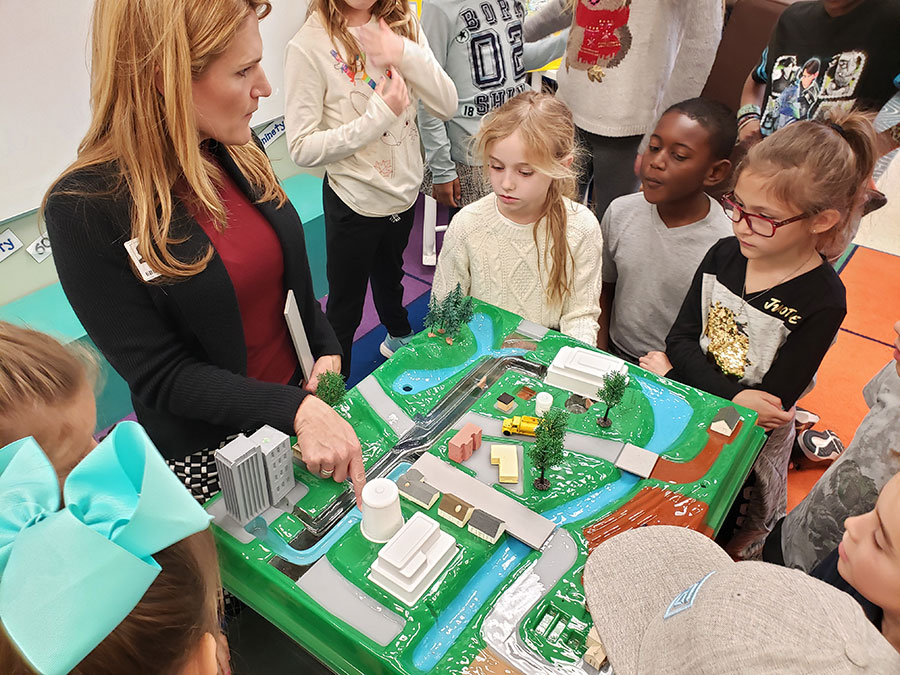
Serene Hills Elementary (SHE) recently undertook an Authentic Learning Experience (ALE) Day for their second graders, “allowing for student learning to be personalized and meaningful while enhancing academic opportunities to deepen learning for ALL learners,” according to Colea Podoloff, SHE second grade teacher and ALE Day coordinator. It follows the LTISD Learner Centric Model: learning is social, inspiring, dynamic, and empowering. With this year’s theme being a focus on the environment, as the provider of the area’s drinking water, wastewater, and reuse water services, Lakeway Municipal Utility District (LMUD) was a well-qualified participant.
When the 7:40 a.m. bell rang indicating the start of a new school day, the second graders in Mrs. Reeves’ class were seated in their desks, quietly discussing who the strange visitors were in their classroom that morning and what the 3D model at the front of the room was for. After a brief introduction about the morning’s events from Mrs. Reeves, an additional class of students shuffled in, filling in the empty chairs and crowding the carpet at the front of the room to get as close to the 3D model as possible. Then, the lights were dimmed and Christianne Castleberry, an engineer from LMUD, took the floor. From 8:00 a.m. to 10:00 a.m. a total of 80 students in the seven second grade classes of SHE filed in and out of the classroom, rotating among the presenters that were lined up for the day’s special activity.
Castleberry started by introducing herself as a water engineer, an area of specialization for a civil engineer, “someone who designs things to help our society function correctly and stay safe,” she explained. Castleberry said that she thinks she has the most important job, next to their teachers, because she is part of the LMUD team that provides Lakeway area residents and businesses with clean drinking water, which we all need to live. Castleberry explained that LMUD also takes the dirty water (wastewater) from the Lakeway community, treats it to make it safe for the environment, and then beneficially reuses it on landscape areas that would otherwise use valuable Lake Travis drinking water supplies.
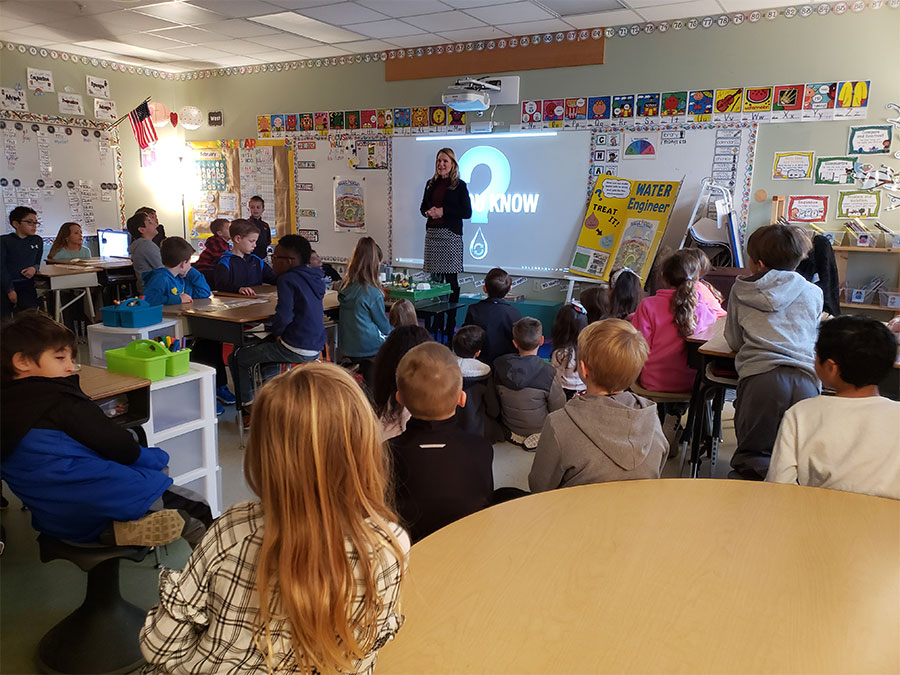
LMUD’s presentation projected on the whiteboard was laid out like a fun story book with a few large words per slide overlaying a big colorful picture. The question “Did you know?” was repeated frequently to which the kids shouted “I already knew that!” as their teachers looked at each other skeptically. The air of engagement was palpable as the kids learned that water is everywhere because all life on Earth requires water; even people are made up of 62% water and as such, we can’t survive even one week without it! Castleberry described the water cycle – which the kids REALLY did know already! – but she took it one step further to explain how people affect the water cycle from the ways in which we use it. The kids seemed truly stumped when asked about the process water takes to get to their faucets and where it goes after it goes down the drain. The idea of different sets of pipes buried under the ground, carrying it from or to water treatments plants was a concept most of the kids seemed to have never thought about before.
Castleberry went on to make the point that the amount of water on our planet never changes – “the water you drank this morning was once in the ocean.” She said, “even the molecules inside you have been around the world!” The concluding point was that, even though the planet can’t run out of water, the water cycle can’t keep up with cleaning enough water for how much people use it, so it is possible for us to run out of clean fresh water. One suggestion that was made for how everyone can use less and save more water was to turn off the faucet while brushing their teeth. Castleberry added that LMUD conserves fresh water a different way: although LMUD uses Lake Travis as the source for drinking water after it’s cleaned at the water treatment plant and goes through the pipes to get to the faucets, toilets, and washing machines in our homes, the dirty used water going into the drains and separate piping to the wastewater treatment plant is recycled by removing contaminants so that it’s safe for the environment. This reclaimed water is not clean enough for people to consume it, but the plants love it, so LMUD reuses 100 percent of their reclaimed water for irrigation, ultimately saving on how much drinking water is being used to water landscape.
After the students patiently sat still and listened to the presentation, it was finally time for groups to take turns getting a closer look at the 3D environmental landscape model. This roughly 2 by 3 feet miniaturized plastic representation of an environmental landscape including city areas, countryside, suburbs, forest, roadways and streams, was a visual representation of everything Castleberry had talk to them about. She demonstrated the flow of water to them before they use it and away from them after it goes down the drain and asked the kids questions to gauge their level of understanding. By the time the students were ready to move on to their next guest speaker in another classroom, they had a heightened awareness of how humans impact the water cycle. To keep the conversation going at home, Castleberry left the teachers with some posters, coloring books, bookmarks , and stickers generously provided by the Texas Commission on Environmental Quality (TCEQ) for each student.
UPDATE:
We received some super cute thank you notes from the students. Check out a few of them:
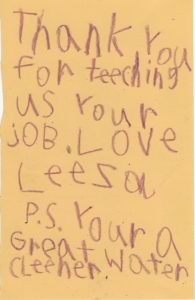

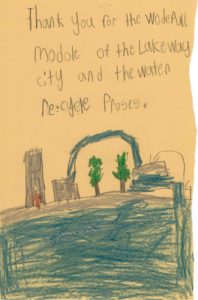
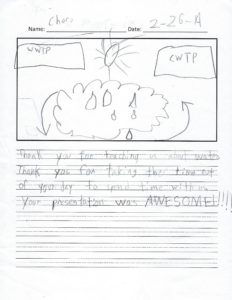
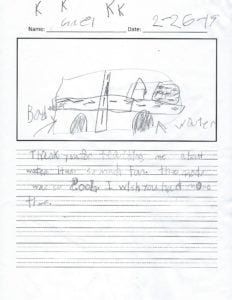
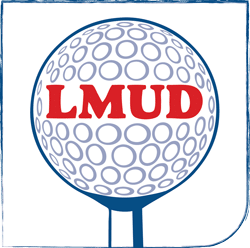
 You are now being redirected to the WaterSmart page.
You are now being redirected to the WaterSmart page.